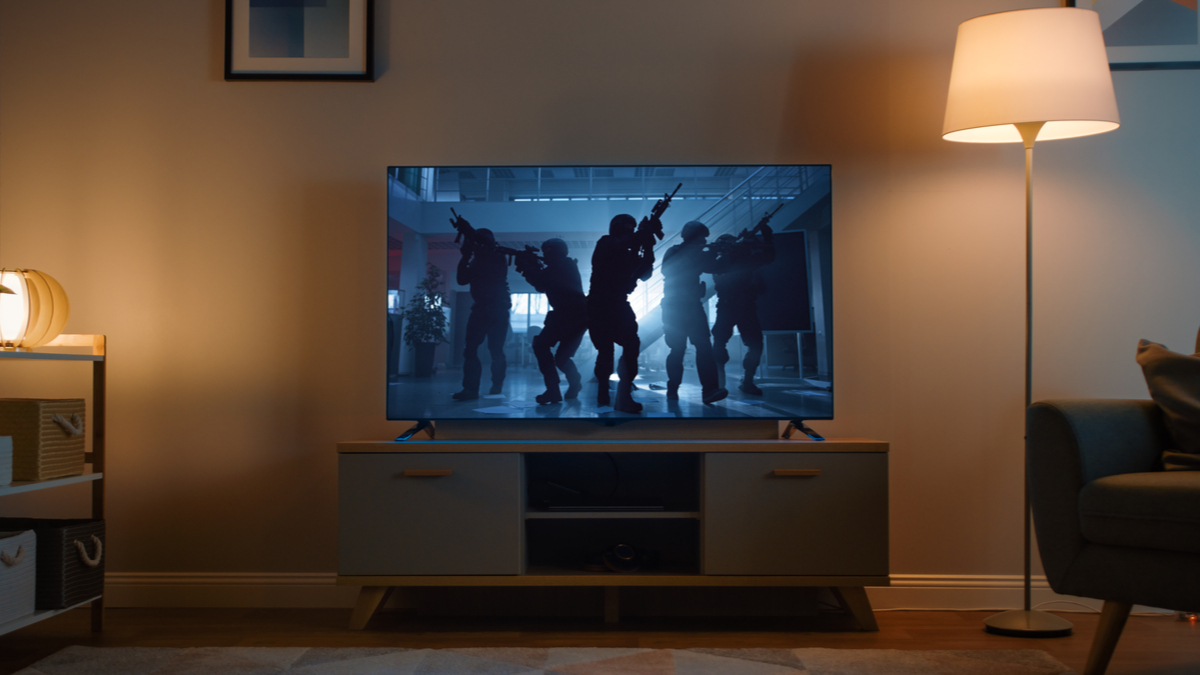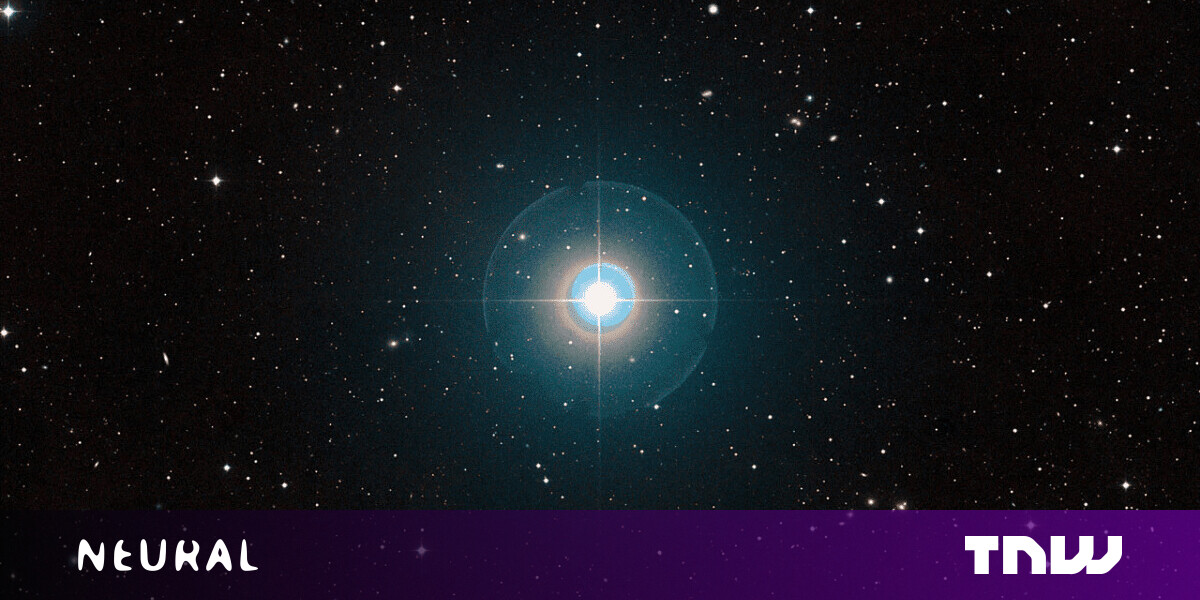#What Is “Blooming” or the “Halo Effect” on a Monitor or TV?

Table of Contents
“#What Is “Blooming” or the “Halo Effect” on a Monitor or TV?”

Television and monitor reviews often talk about blooming or the halo effect and whether a particular model suffers from it. Here’s why blooming occurs and how you can spot it on your monitor or TV.
Full-Array Local Dimming and Blooming
Blooming, also known as the halo effect, is a display artifact that occurs when light from isolated bright objects on a screen bleeds into darker areas surrounding it. This creates a sort of a halo around the object, hence the name “halo effect.” It is associated with full-array local dimming on LED screens.
Monitor and television manufacturers primarily use two kinds of displays these days—LED-backlit LCD and OLED. While OLED screens are self-emissive and can turn off individual pixels for perfect black color, the LED-backlit LCDs have to rely on local dimming—full array or edge-lit—to create deeper black levels. While full-array local dimming is more common in TVs, monitors primarily use edge-lit local dimming. But neither of the local dimming methods are perfect, and blooming is a shortcoming of the full-array local dimming.
What Causes the Halo Effect?

In full-array local dimming, manufacturers place LEDs behind the entire screen to better control the backlight according to the displayed content. These LEDs are divided into dimming zones, and when the display has to show a bright object surrounded by dark areas, it switches on the LED zone behind the object while the surrounding LED zones remain dimmed. As a result, the light from the lit LED zone bleeds into the surrounding non-lit areas and lightens them. This creates a halo around the bright object. It is most noticeable around isolated bright objects, for example, a street light, subtitles, or stars.
Unfortunately, all LED-backlit LCD TVs with full-array local dimming suffer from blooming. But it’s the amount of blooming that affects the TV watching experience. If there is very light blooming, it will be less noticeable and distracting. However, if there is a lot of blooming, it can be off-putting.
The number of local dimming zones on a display also impacts the amount of blooming you see. If fewer zones are covering bigger areas, then it could lead to more blooming. But more dimming zones can reduce blooming.
How to Check for Blooming on a Display
You can perform a star-field test to identify whether a display suffers from blooming and how big of a problem it is. A star-field test is essentially watching a recording of a clear night sky. Because a star field has tons of bright stars separated by a night sky, it is excellent at highlighting problems like blooming and even black crush, in which dimming causes a loss in shadow detail or subtle highlights. In an ideal situation, you’ll see bright stars with enough black space between them. Otherwise, halos will appear around stars.
You can find star-field test videos on YouTube. Of course, any Star Wars intro will also do the trick.
Rtings.com, an excellent resource for TV and monitor reviews, among other products, does its own testing for blooming and mentions the same in the reviews. It can also help you figure out whether there is blooming on a TV that you plan to buy.
Can You Fix Blooming or Limit Its Effects?
Unfortunately, you can do little to avoid or fix blooming, apart from buying a different TV or monitor with minimal or no blooming. But, some displays come with local dimming settings that you can tweak to get the best possible experience. The low local dimming option will dim the backlights less and make blooming less noticeable. Unfortunately, this also means the local dimming will be less effective at improving your display’s contrast ratio. A high local dimming setting will enhance the contrast ratio, making blooming more visible. You can pick the option that suits you better.
In addition, you can try turning down the backlight to decrease the blooming. The backlight option can usually be found under “Picture” in your TV or monitor settings.
RELATED: OLED Screen Burn-In: How Worried Should You Be?
An Unavoidable Sacrifice?
Until OLED panel prices and their brightness reach the LED levels, full-array local dimming will continue to play a vital role in helping LED-backlit LCD panels provide better black levels and an overall greater contrast ratio. That means it will be hard to avoid blooming. What you can do as a consumer is to look for TVs that have more local dimming zones and less blooming.
If you liked the article, do not forget to share it with your friends. Follow us on Google News too, click on the star and choose us from your favorites.
For forums sites go to Forum.BuradaBiliyorum.Com
If you want to read more like this article, you can visit our Technology category.




